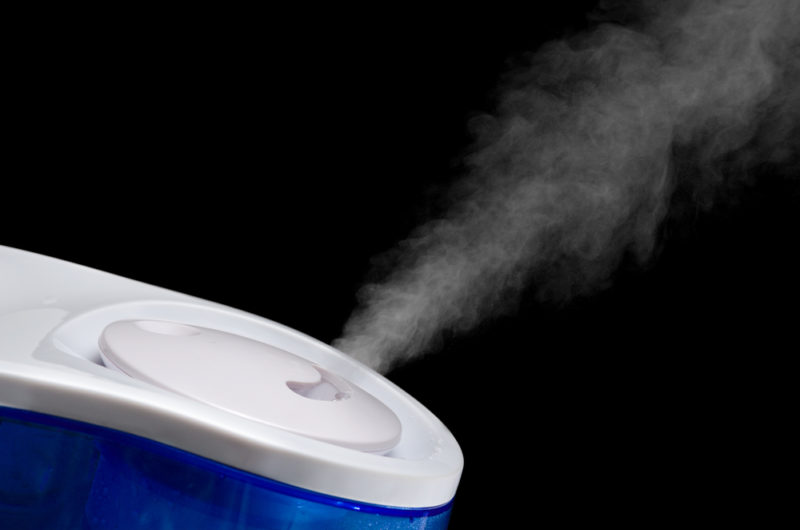
by GroupM7 | Feb 26, 2018 | Blog
4 Ways to Keep Your Baby Comfortable Through the Winter Jan 26, 2018 Babies and young children can’t control their body temperature as well as adults. They can get chilly fast, even with the mild winters in Overton, Texas. If your baby gets too cold, he or she could...

by GroupM7 | Feb 23, 2018 | Blog
What Does REME technology mean for Longview TX? Feb 3, 2012 Your HVAC system is a complicated machine. You’ll need a trained professional to diagnose and fix any issues with it. However, having some basic HVAC troubleshooting knowledge will help you understand the...

by GroupM7 | Feb 17, 2018 | Blog
What Does REME technology mean for Longview TX? Feb 3, 2012 Cold air holds less moisture, making the air feel dry in winter. Generally, the humidity in your Hallsville, Texas, home should be between 40 and 60 percent. Anything less can be brutal to your health and...




